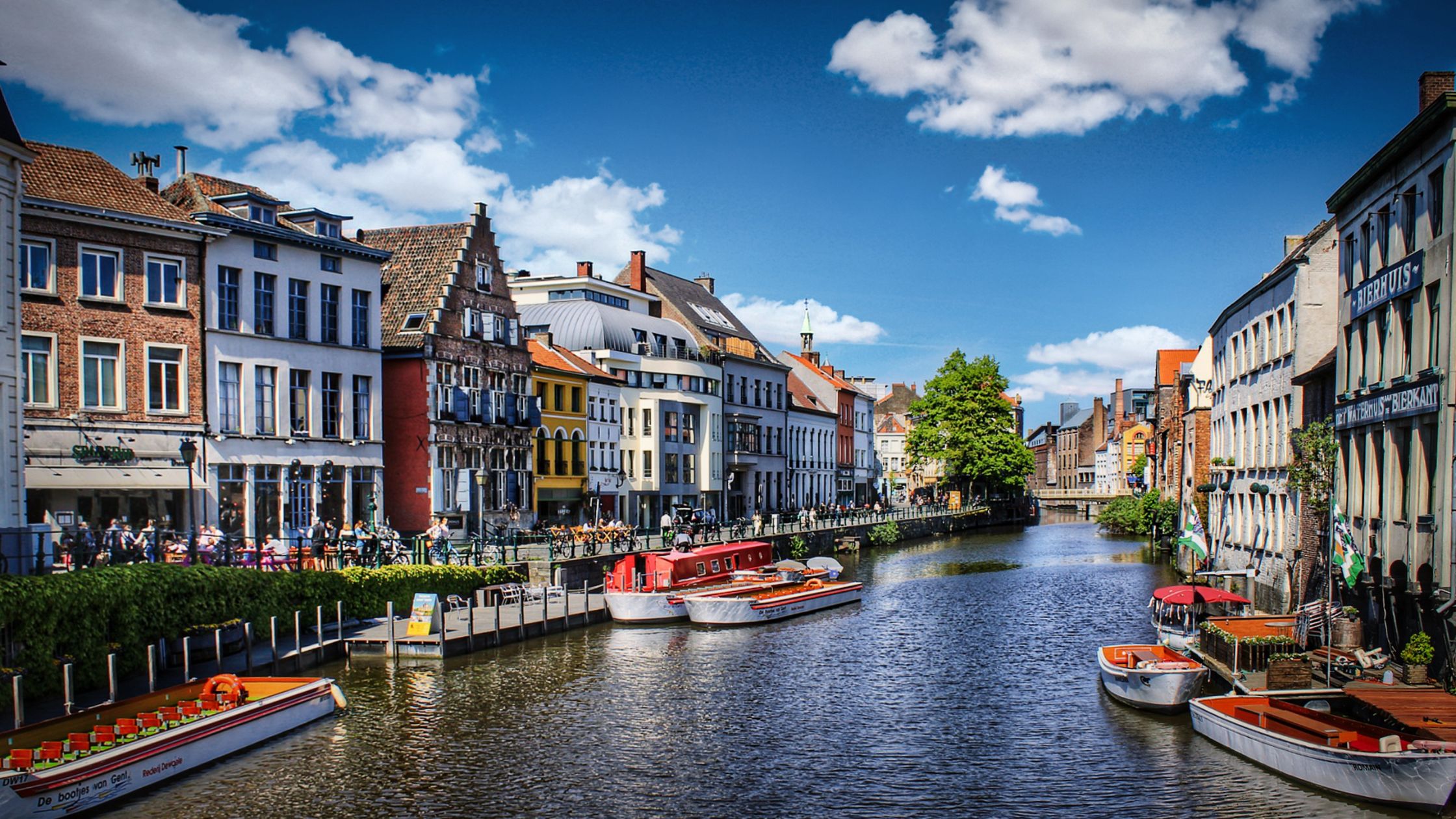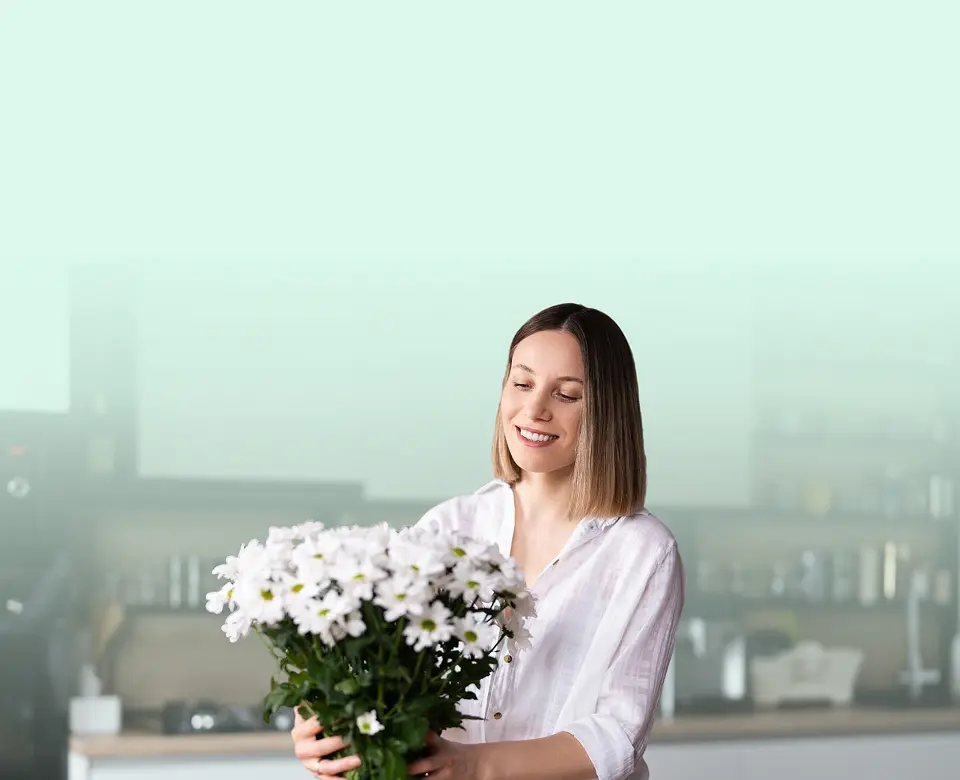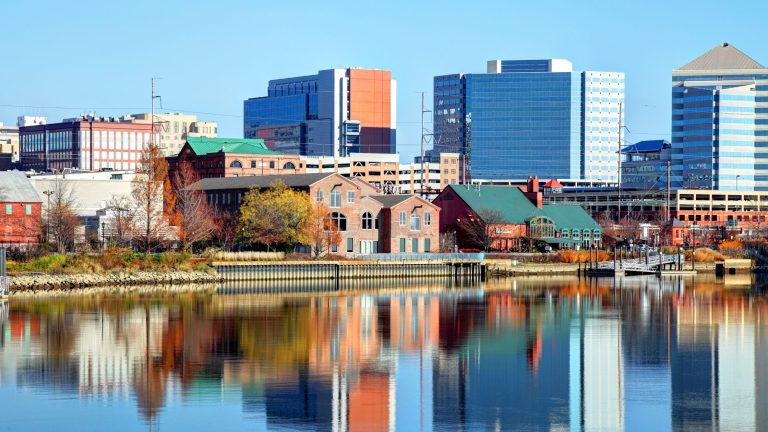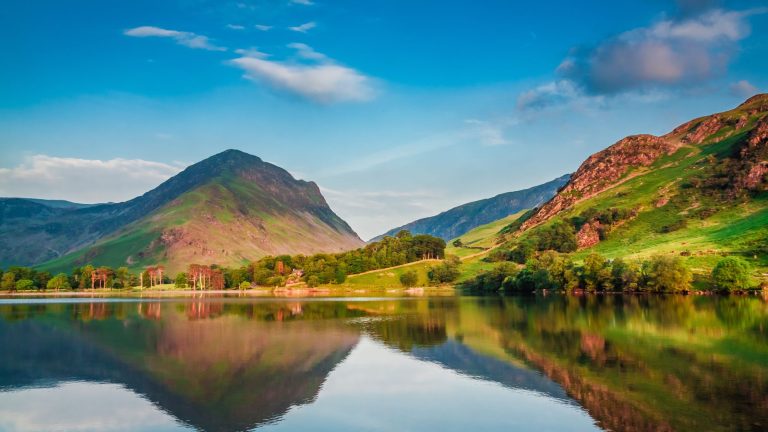A Journey Through Waterways, Waffles, and Wonder in 2026
Belgium unfolds like a medieval manuscript illuminated with gold leaf—each city a different chapter, each waterway a flowing verse connecting stories of commerce, culture, and centuries-old craft.
As dawn mist rises from Bruges’ mirror-still canals in 2026, as lambic ferments in Brussels’ ancient cellars, as the North Sea crashes against Ostend’s Belle Époque promenades, this compact kingdom reveals itself as Europe’s most accessible masterpiece, where every train ride delivers you to another wonder within an hour.
The coming year in 2026 promises Belgium at its most compelling: Ghent’s Light Festival transforms medieval facades into canvases of moving color, Tomorrowland’s electronic beats pulse across Boom’s lakeside grounds, and the Eau d’Heure Lakes awaken from winter slumber to become Wallonia’s aquatic playground.
No matter if you’re gliding through Bruges at dawn when only swans disturb the surface, or raising a goblet of Westvleteren 12 in a candlelit abbey, Belgium rewards those who understand that its greatest treasures lie not in rushing between landmarks, but in savoring the spaces between, like pausing for frites at a canal-side frituur, the afternoon light gilding the Grand-Place, the unexpected jazz emanating from a Brussels brown bar.
The Waterways: Belgium’s Liquid Highways
Bruges: Venice of the North Reimagined
The medieval city that once controlled European trade through its waterways enters 2025 with a delicate balance—preserving its UNESCO heritage while managing its magnetism. The canals, fed by the Reie River, create a 12-kilometer network of navigable poetry where stone bridges arc over waters that have reflected merchant houses since the 13th century.
Board the earliest canal cruise at 10 AM from the Rozenhoedkaai—that Instagram-famous corner where photographers cluster like pilgrims at dawn. But the real magic happens on the electric boats that glide silently after sunset (May through September), when LED strips beneath bridges create ribbons of light on black water. The new “Bruges by Starlight” experiences launching in summer 2025 limit groups to 12, with Trappist beer tastings aboard as your captain narrates tales of medieval merchants who once plied these same routes.
Bruges is like stepping into a fairy tale. The picturesque laneways, bridges, and gorgeous architecture make the city an obvious destination for romance or memorable family photos. If you have daughters, they will especially love Bruges, as they’ll feel like princesses!
For those seeking solitude, rent a kayak at sunrise from Bruges Boat Rental and paddle the outer canals toward Damme. This 12-kilometer route, best attempted between May and October, passes beneath willow curtains and alongside fields where Flemish cows regard you with benign curiosity. Pack Leonidas chocolates and a thermos of Illy coffee—provisions for your pastoral journey through liquid silence.
Ghent: Where Three Rivers Converge
Ghent’s aquatic anatomy—where the Lys and Scheldt rivers merge—creates a more dynamic water narrative than Bruges’ contemplative pools. The Korenlei and Graslei quays face each other across the Lys like rival merchant guilds still competing for prominence, their gabled facades now housing restaurants where Gentse Waterzooi (cream-based fish stew) arrives in copper pots that have simmered this recipe since 1571.
The Ghent Light Festival (January 30 – February 2, 2025, returning in 2027) transforms this riverine stage into Europe’s most ambitious illumination theater. International artists project animations onto medieval stones while floating installations drift past like luminous dreams. Book the Hotel Harmony’s river-view suites six months ahead—their floor-to-ceiling windows become private boxes for this theatrical transformation.
Summer 2025 brings a different energy when the Gentse Feesten (July 18-27, 2025) fills every square with stages, every quay with food stalls, every bridge with revelers. Navigate by water during peak festival days—the covered electric boats run continuously, and a day pass costs less than three Uber rides through the medieval maze.
The Eau d’Heure Lakes: Wallonia’s Aquatic Amphitheater
Ninety minutes south of Brussels, five interconnected reservoirs form Belgium’s largest water complex—600 hectares of possibilities that shift character with each season. Created in the 1970s for flood control, these lakes have evolved into Wallonia’s premier water playground, where sailing schools launch beginners onto glassy morning surfaces and stand-up paddleboards dot afternoon waters like scattered punctuation marks.
The Golden Lakes Hotel, perched above Plate Taille lake, reopens in April 2025 after renovations that add an infinity pool seemingly spilling into the reservoir below. Their “Lake to Table” restaurant sources pike-perch from these waters, paired with Château de Bioul’s biodynamic wines from nearby vineyards. Book the corner suite with wraparound windows—sunrise arrives first here, painting the water copper before the rest of Belgium wakes.
Summer weekends fill quickly when Brussels escapes southward, but shoulder seasons reveal the lakes’ contemplative character. October mornings deliver mist-veiled mysteries, while May afternoons invite lazy circuits on electric boats available at the Landal Village. The new floating sauna complex, launching Memorial Day weekend 2025, offers three wood-fired chambers on pontoons, with ladder access to the lake for those brave enough to embrace the Belgian philosophy of contrast therapy.
Urban Symphonies: Cities as Experiences
Brussels: The Grand-Place as Center Stage
The Grand-Place doesn’t merely occupy Brussels’ heart—it choreographs the city’s rhythm. This UNESCO World Heritage square, ranked among the world’s most beautiful, becomes a different theater with each season. The Flower Carpet (August 14-17, 2026—it occurs only in even years) transforms the cobblestones into a 1,800-square-meter tapestry of begonias, creating patterns visible from the Town Hall’s Gothic spire.
But Brussels rewards those who venture beyond this golden stage. The Marolles quarter, where French mingles with old Brussels dialect, harbors the daily flea market at Place du Jeu de Balle. Arrive before 8 AM on Saturdays to discover Art Nouveau lamps that once lit Horta houses, vintage Tintin comics in first editions, and crystal decanters that held Belgium’s finest lambics.
The Royal Museums of Fine Arts reopens its Modern Museum wing in March 2025 after extensive renovations, with Magritte’s “The Empire of Light” now displayed in a purpose-built gallery where controlled lighting shifts throughout the day, mimicking the painting’s paradoxical illumination. Pair this with lunch at the museum’s new rooftop restaurant, where chef Giovanni Bruno (formerly of Senzanome) creates surrealist-inspired plates that challenge perception like the art below.
Antwerp: Diamonds, Design, and Docks Transformed
Antwerp wears its contradictions like a perfectly cut diamond—medieval guildhalls standing beside Zaha Hadid’s Port House, orthodox diamond dealers neighboring avant-garde fashion boutiques, Rubens’ baroque exuberance sharing streets with minimalist concept stores. The city that controls 80% of the world’s rough diamonds enters 2025 with ambitious plans to polish its cultural facets even brighter.
The MAS (Museum aan de Stroom) celebrates its 15th anniversary in May 2025 with “Antwerp Flows,” an exhibition tracing how water shaped the city from Roman times through its Golden Age to contemporary port operations. The museum’s red sandstone spirals up from the old docks, each floor offering different perspectives on the Scheldt River that made Antwerp’s fortune. Time your visit for the 5 PM golden hour when the panorama deck becomes a 360-degree theater of light.
If you’re a fan of the printing press, you’ll want to visit The Plantin–Moretus Museum. Works of 16th century Flemish artists Christophe Plantin and Jan Moretus are hosted here, with the museum preserved in the original house and workshops. The gift shop is exquisite. In addition to seeing some of the world’s oldest working printing presses, you can explore the grounds and enjoy the sights just as the family did 400 years ago.
Arrange your name with metal insets and leave a message for future guests. While there, spy out a list of books prohibited by The Vatican printed, framed and mounted on the wall. See if you recognize any famous names (Martin Luther makes the list, of course)! This list is referred to as the Index Librorum Prohibitorum, first published in 1559 at the behest of the then head of the Catholic institution, Paul IV.
Getting hungry? A day out at the museum will do that! The newly pedestrianized Meir shopping street creates space for the Saturday Exotic Market, where Moroccan tagines, Congolese moambe, and Surinamese roti reflect the 174 nationalities that call Antwerp home. Follow the scent of cardamom to Zurenborg district, where Art Nouveau mansions frame Cogels-Osylei—possibly Europe’s most architecturally diverse street.
Brussels: The Lambic Renaissance
Brussels’ lambic tradition—wild fermentation using airborne yeasts unique to the Pajottenland region—experiences a renaissance as younger brewers rediscover ancient techniques. Cantillon Brewery, still family-run since 1900, opens its copper-kettled time capsule for tours where you witness spontaneous fermentation in action. The highlight: descending to the barrel room where hundreds of oak casks harbor lambics aging toward perfection, some for three years before blending into complex gueuzes.
The new Brussels Beer Project Delta (opening June 2025) transforms a former industrial site into a 5,000-square-meter brewery, taproom, and urban beach. Their experimental approach—using everything from Belgian seaweed to Congolese coffee—reflects Brussels’ contemporary character while respecting traditional techniques. The rooftop bar, with views toward the Atomium, becomes the city’s premier sunset venue.
Seasonal Spectacles: 2025-2026’s Marquee Moments
Winter Illuminations and Market Magic
Belgium transforms into Europe’s coziest destination when November darkness descends. The Plaisirs d’Hiver/Winter Wonders festival (November 29, 2025 – January 5, 2026) fills Brussels with 2.5 kilometers of chalets, a sound-and-light show projected onto the Grand-Place’s facades, and an ice rink beneath the Bourse’s neoclassical columns.
Bruges counters with its Winter Glow trail, where light artists create installations along canal paths. The 2025 edition features Japanese artist Toshiyuki Inoko’s digital waterfalls cascading from medieval bridges—pixels meeting cobblestones in harmonious anachronism. Book dinner at De Vlaamsche Pot for waterzooi by candlelight, then walk the illuminated paths with glühwein from the Markt’s wooden chalets.
Summer Festivals: Electronic Dreams and Medieval Revelry
The Gentse Feesten (July 18-27, 2025) is Europe’s largest city festival with predominantly free entertainment. Ten days of continuous programming sees puppet shows for children at 10 AM and electronic music until 6 AM, medieval reenactments alongside contemporary theater, and enough jenever (Belgian gin) consumption to float the city’s boats.
Flanders Fields: Memory and Meadows
The centenary commemorations of World War I concluded, but Flanders Fields maintains its powerful pull for those seeking to understand how Belgium’s landscape absorbed humanity’s first industrial war. The In Flanders Fields Museum in Ypres uses personal stories and interactive technology to humanize incomprehensible statistics. Visit during the Last Post ceremony at 8 PM daily—buglers have performed this tribute at the Menin Gate every evening since 1928, except during German occupation.
The new Peace Trail, launching spring 2025, creates a 100-kilometer cycling route connecting battlefields, cemeteries, and memorials. Electric bikes, essential for covering distances between sites, can be arranged through Flanders Bike Tours with GPS guides providing commentary at each stop. April poppies transform these killing fields into scarlet carpets—nature’s annual memorial more moving than any monument.
Culinary Coordinates: Beyond Waffles and Chocolate
Michelin Stars and Market Stalls
Belgium claims more Michelin stars per capita than France, yet its greatest culinary moments often happen at zinc-topped bars and paper-lined tables. The newly three-starred Zilte in Antwerp (elevated in 2025) showcases chef Viki Geunes’ evolution from molecular techniques toward pure flavors—North Sea sole with brown butter and capers that tastes like the essence of the Flemish coast.
But equal pleasure comes from frites at Maison Antoine near Brussels’ Jourdan Square, where the queue moves slowly because each batch gets double-fried to order. Request andalouse sauce—the Belgian hybrid of mayonnaise and tomato that shouldn’t work but absolutely does. Eat standing at high tables while EU officials on lunch breaks debate policy between bites.
Chocolate Ateliers and Waffle Windows
Pierre Marcolini’s flagship store on Brussels’ Rue des Minimes doubles as atelier and theater, with glass walls revealing chocolatiers tempering, molding, and hand-painting pralines. The limited-edition collections change seasonally—spring 2025 features yuzu and black sesame, while autumn brings chestnut cream with Armagnac. Book the Saturday morning workshops where you create your own pralines under expert guidance.
For waffles, avoid tourist-trap versions drowning in toppings. The Liège waffle—dense, caramelized, eaten plain while walking—reaches perfection at Pollux in Bruges, where the same family recipe has satisfied locals since 1965. Brussels waffles, lighter and rectangular, demand a dusting of powdered sugar nothing more—find authentic versions at the Sunday morning Gare du Midi market.
Your Belgian Moment: Choreographing the Perfect Journey
Belgium in 2025-2026 rewards those who understand its dual nature—a country small enough to cross in three hours yet deep enough to explore for months if not years on end. Base yourself strategically: Brussels for art and EU energy, Ghent for authentic Flemish life, Bruges for medieval fairy tale dreams, or Antwerp for contemporary edge (with a great look to the past and printing presses). The train system, efficient as Swiss clockwork but with Belgian nonchalance, connects everywhere within 90 minutes.
Plan your visit around what moves you: spring’s flower-carpeted forests in Hallerbos, summer’s festival fever, autumn’s golden light on step-gabled facades, or winter’s cozy embrace of candlelit estaminets. But leave space for Belgium’s greatest gift—the unexpected moment when afternoon light transforms a routine canal into liquid gold, when a random brown bar yields the perfect beer you’ll chase forever after, when a wrong turn delivers you to a square where accordions play and locals dance simply because it’s Tuesday and the weather is fine.
Don’t forget to bring some chocolate home to your family! The famous Belgian chocolates are everywhere as are goodies and waffles.






